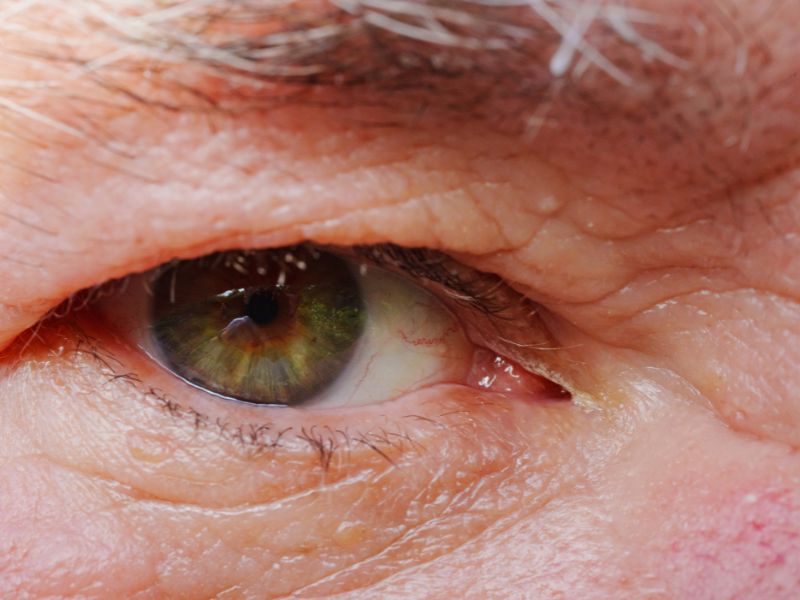What is the most common aging eye condition?
As we age, our bodies undergo various changes, and our eyes are no exception. One of the most prevalent eye conditions associated with aging is cataracts. Understanding cataracts, their symptoms, causes, and treatment options is crucial for maintaining eye care as we grow older. In this blog post, we will delve into the details of cataracts and explore how they impact our vision and overall quality of life.
Understanding Cataracts
Cataracts occur when the lens of the eye becomes cloudy, leading to a decrease in vision clarity. This condition can develop in one or both eyes and is often a natural part of the aging process. According to the American Academy of Ophthalmology, more than half of all Americans will have cataracts by age 80.
Symptoms of Cataracts
Recognizing the symptoms of cataracts early on can significantly improve your eye care routine. Common signs include:
- Blurry Vision: A gradual blurring or clouding of vision is often one of the first symptoms.
- Difficulty Seeing at Night: Many individuals notice increased difficulty seeing in low-light conditions.
- Sensitivity to Light: Bright lights may cause discomfort or glare.
- Double Vision: Some people experience double vision in one eye.
- Fading Colors: Colors may appear less vibrant or washed out.
If you experience any combination of these symptoms, it’s essential to consult an eye care professional for a comprehensive examination.
Causes of Cataracts
While aging is the primary risk factor for developing cataracts, several other factors can contribute to their formation:
- Genetics: Family history plays a significant role in determining your risk for cataracts.
- Diabetes: Individuals with diabetes are at a higher risk due to fluctuating blood sugar levels affecting lens clarity.
- Smoking and Alcohol Use: Both smoking and excessive alcohol consumption have been linked to an increased risk of cataract development.
- Prolonged Sun Exposure: Ultraviolet (UV) radiation from sunlight can damage the lens over time.
- Certain Medications: Long-term use of corticosteroids has been associated with an increased risk.
Understanding these factors can help you make informed decisions about your lifestyle choices and eye care practices.
Diagnosis and Treatment Options
If you suspect that you have cataracts, it’s essential to schedule an appointment with an ophthalmologist for a thorough examination. During this visit, your doctor will assess your vision using various tests that measure visual acuity and check for cloudiness in the lens.
Non-Surgical Treatments
In the early stages, some non-surgical treatments may help manage symptoms:
- Updated Prescription Glasses: Regularly updating your glasses prescription can improve clarity as cataracts develop.
- Magnifying Lenses: These lenses can assist with reading or other close-up tasks.
- Proper Lighting: Ensuring adequate lighting while reading or performing tasks can reduce strain on your eyes.
However, these measures are temporary solutions; they do not reverse or eliminate cataracts.
Surgical Treatment
When cataracts significantly impair daily activities such as driving or reading, surgery may be necessary. Cataract surgery involves removing the cloudy lens and replacing it with an artificial intraocular lens (IOL). This procedure is typically performed on an outpatient basis and has a high success rate.
Post-surgery recovery usually involves using prescribed eye drops and attending follow-up appointments to monitor healing progress. Most patients experience improved vision shortly after surgery.
Preventive Eye Care Tips
While not all cases of cataracts can be prevented, there are several proactive steps you can take to promote better eye health as you age:
- Regular Eye Exams: Schedule comprehensive eye exams every one to two years after age 50 to detect any changes early on.
- Protect Your Eyes from UV Rays: Wear sunglasses that block 100% UVA and UVB rays when outdoors.
- Maintain a Healthy Diet: Consuming foods rich in antioxidants—such as leafy greens, fish high in omega-3 fatty acids, fruits like oranges—can support overall eye health.
- Quit Smoking: If you smoke, seek resources to help quit; this habit significantly increases your risk for many eye conditions.
- Manage Chronic Conditions: Keep chronic diseases like diabetes under control through proper medication management and lifestyle changes.
What is the most common eye condition associated with aging? – Conclusion
Cataracts represent one of the most common age-related eye conditions that affect millions worldwide each year. By understanding what they are—alongside their symptoms, causes, diagnosis methods, treatment options—and implementing preventive measures into your routine—you can take significant steps toward maintaining optimal eye care throughout your life.
As always, consult with an ophthalmologist if you have concerns about your vision or if you’re experiencing any symptoms related to cataracts or other age-related conditions. Prioritizing regular check-ups will empower you to make informed decisions about your health as you navigate through life’s later stages while keeping those precious peepers healthy!
Visit our blog page for more articles

